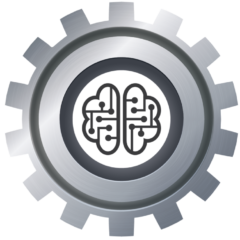Critical thinking is the ability to analyze, evaluate, and synthesize information to make informed decisions. One of the essential skills in critical thinking is the ability to clarify the question or problem you’re trying to solve. In this article, we’ll explore why clarifying the question or problem is crucial in critical thinking and how you can improve your skills in this area.
Why is Clarifying the Question or Problem Important in Critical Thinking?
Clarifying the question or problem is crucial in critical thinking for several reasons:
- Helps You Stay Focused: Clarifying the question or problem helps you stay focused on the specific issue you’re trying to solve. It prevents you from getting sidetracked by irrelevant information and helps you develop a clear understanding of what you’re trying to achieve.
- Prevents Misunderstandings: Ambiguity or confusion about the question or problem can lead to misunderstandings and miscommunication. Clarifying the question or problem ensures that everyone is on the same page and working towards the same goal.
- Generates Better Solutions: Clarifying the question or problem helps you identify all the relevant information needed to solve the issue. It allows you to develop more informed solutions that take into account all the essential factors.
How to Clarify the Question or Problem in Critical Thinking?
- Identify the Key Elements: Begin by identifying the key elements of the question or problem. What is the central issue? What are the critical factors that need to be considered?
- Ask Questions: Ask questions to clarify any ambiguity or confusion. For example, “What is the precise definition of the problem?” “What are the primary factors that contribute to this issue?” “What are the possible solutions to this problem?”
- Break it Down: Break the question or problem into smaller parts to get a better understanding of the issue. Identify the cause and effect relationships between the various components.
- Consider Multiple Perspectives: Consider different perspectives to get a more comprehensive understanding of the problem. Look at the issue from different angles, and consider how different people might view the issue.
- Use Critical Thinking Tools: Use critical thinking tools such as mind maps, flowcharts, and diagrams to help you visualize the problem and identify the critical factors.
In Summary
Clarifying the question or problem is an essential skill in critical thinking. By identifying the key elements, asking questions, breaking the issue down, considering multiple perspectives, and using critical thinking tools, you can gain a clear understanding of the problem you’re trying to solve. This, in turn, can help you generate better solutions and make informed decisions. So the next time you’re faced with a complex problem, take the time to clarify the question or problem before diving in. It will help you stay focused, prevent misunderstandings, and ultimately lead to better outcomes.
#infobymattcole
 You can check out Matt’s LinkedIn account, Youtube Channel, or Podcast.
You can check out Matt’s LinkedIn account, Youtube Channel, or Podcast.Introducing my new books, ‘The Art of Critical Thinking’ and ‘The Critical Thinking Model’. Both can be read for free with Kindle Unlimited or $2.99 each via Kindle.